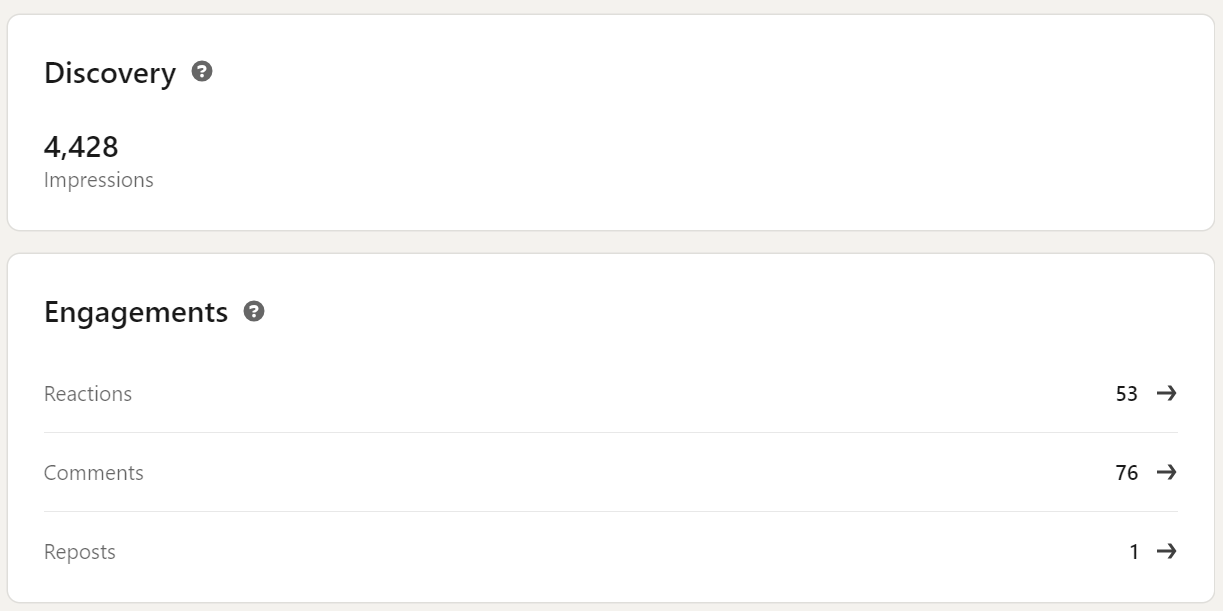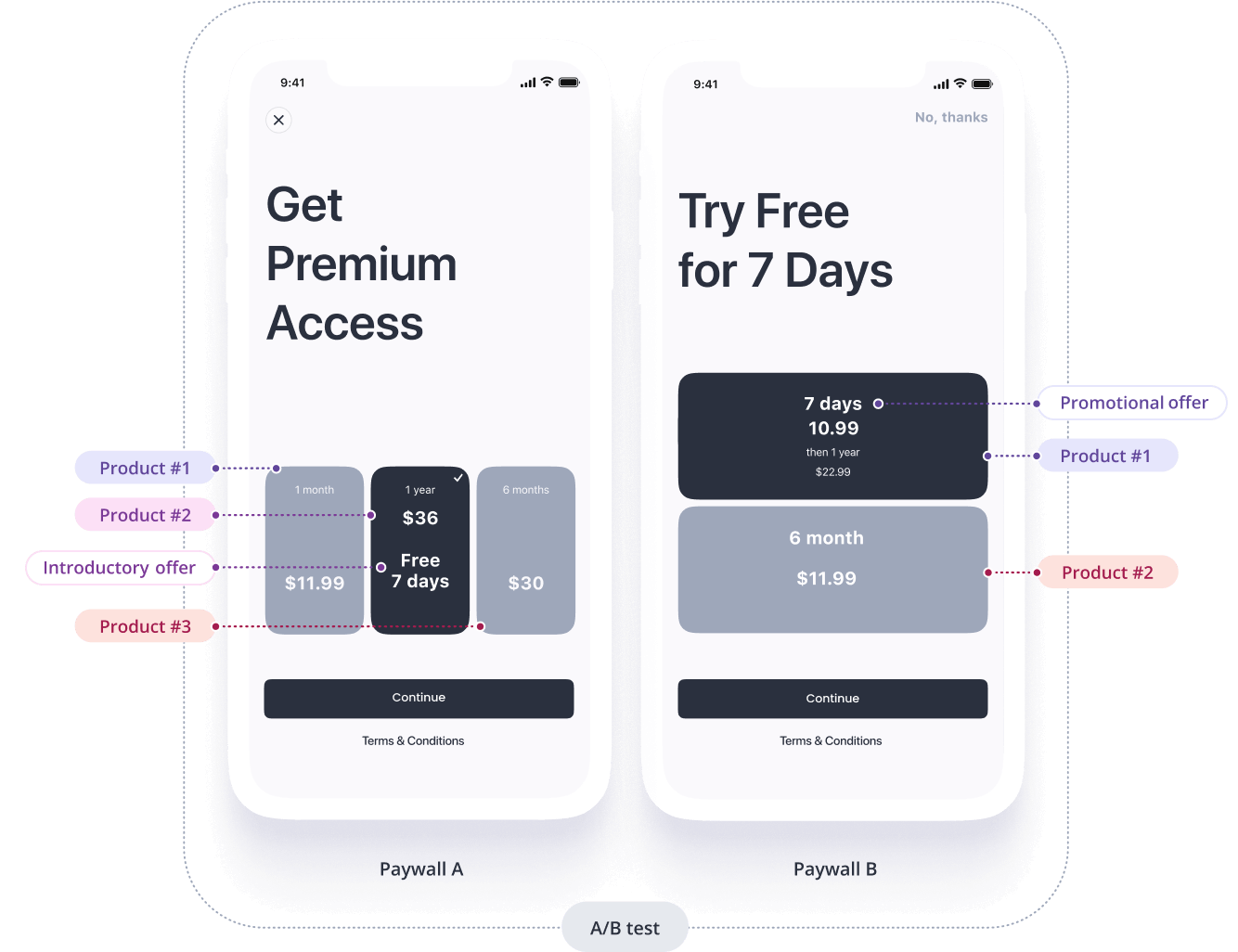Effective Content Strategies for Business Success
In the world of professional services, content marketing has become a linchpin for success. Today’s blog will dive into why crafting good content captivates and converts.
Content plays a pivotal role in helping businesses achieve sustained success.
The Business of Conversion
At the core of any business goal lies the concept of conversion. In other words, converting website visitors into loyal customers, converting email subscribers into brand advocates, and transitioning social media followers into loyal followers. The secret sauce to achieving these goals? Well-crafted and purposeful content.
Know Your Audience
Before starting your journey with content creation, you need first to grasp a deep understanding of your target audience. Consider their aspirations, challenges, pain points and preferences and create content that resonates and meets their needs.
Crafting Compelling Content
Creating content that captures attention and encourages action involves sticking to a few principles:
1. Crafty Headlines
Create headlines that grab attention and align with your content. Sprinkle in some keywords for that extra boost in search engine visibility.
Image credit: www.boredpanda.com
2. Storytelling Magic
Infuse storytelling elements for that human touch. Whether through anecdotes or customer success stories, stories contribute to relatability and memorability. It makes those digesting your content trust you more.
3. Problem-Solving Vibes
Address the challenges faced by your audience and provide actionable solutions. Solutions-oriented content establishes credibility and fosters trust. How-to guides, hacks, tips and tricks are all really good content to distribute. Become an authority in your industry by offering your audience free, valuable advice and support. They’ll thank you for it through increased loyalty and referrals.
4. Visual Appeal
Integrate visually appealing elements like images, infographics, and videos. Visuals contribute to increased shareability and retention. On LinkedIn, for example, posts with images receive 2.3 times more engagement than those without.
Image credit: Jo Buchanan, LinkedIn
5. Clear Call to Action (CTA)
Every piece of content should have a distinct call to action. It’s something businesses often forget to do. And they are totally missing out on potential opportunities and leads. Whether guiding the audience to sign up, download, or contact, a clear CTA directs their next steps.
6. Consistency is Key
A consistent posting schedule fosters familiarity with your audience. Regular content delivery contributes to sustained engagement and brand recall. Try to post simultaneously, at the same frequency every week. For example, our wise owl, Jo Buchanan, posts on LinkedIn every weekday at 09:00 so her community can digest her content when it drops.
The SEO Game
An effective content strategy aligns with search engine optimisation (SEO) principles:
1. Keyword Centric
Identify and incorporate relevant keywords into content to enhance discoverability. Keyword optimisation improves search engine rankings on Google and other well-known browsers.
2. Quality is King
Search engines favour high-quality content. Prioritising depth and relevance in content creation also enhances its appeal to algorithms and users.
Tracking and Analysing Performance
With content strategy, you should never forget or overlook the importance of tracking your efforts:
1. Analytics Insight
Leverage analytics tools to measure engagement, click-through rates, and conversion metrics. These insights will help to identify which content is performing the best.
Once you know that, you can do more of it. LinkedIn, for example, has an inbuilt analytics tool that measures impressions (think reach) and engagement (think likes, comments and shares).
Image credit: TwitTwooYou, LinkedIn
Beyond the Written Word
Content creation extends beyond traditional articles and blog posts:
1. Video Content
Incorporate informative and engaging video content to appeal to diverse audience preferences. Video formats contribute to enhanced engagement. Creating a good video doesn’t require much time and effort. Simply using your smartphone with a tripod (to avoid shaky footage) can capture your best bits. Then, you can use a free tool like CapCut to edit it to perfection.
If you don’t want to record your own footage, tools like Camtasia have a wealth of footage you can use to curate engaging videos. The program has various features to create, edit, and share videos online. This application allows you to develop stunning visuals to create tutorials, guides, slideshows, presentations, and other multimedia content.
Image credit: www.waterbearlearning.com
2. Email Marketing Magic
Building and nurturing an email subscriber list facilitates targeted content delivery. Email marketing remains a potent tool for conversion and relationship building.
3. Social Media
Actively engaging with your audience on social media platforms amplifies the reach of your content. Sharing valuable insights and participating in discussions fosters community building.
Testing and Optimisation Strategies
Content creation is an iterative process. Don’t think your content is complete when you write the final paragraph. You should always be looking to iterate and improve wherever possible.
A/B Testing
Conduct A/B tests on different content approaches to identify optimal strategies. Testing informs ongoing content optimisation. For example, test out your headline. Test out your introductory paragraph. Test out your call to action.
Image credit: www.adapty.io
Crafting content that converts is a commitment. But if you put the time in and churn out consistent, valuable content that appeals to your target audience, you’ll become an authority in your industry and a first choice for customers seeking to buy.
Embrace these strategies and watch your content and business shine.
Like what you’ve read?
Jo Buchanan, the author of this blog, is the Founder and Director of TwitTwooYou Limited, a business growth strategic consultancy centred on getting brands noticed. TwitTwooYou offers smart services to help businesses grow and achieve their aspirations and goals. Want to get your brand noticed? Get in touch for a free, no-obligation chat.






